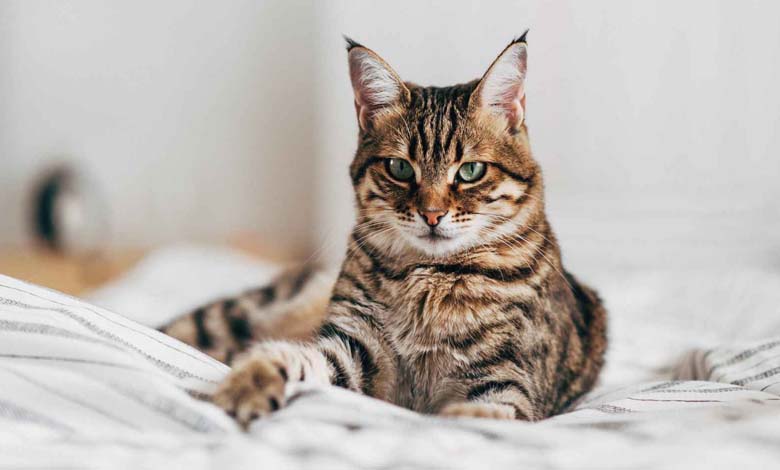Cats Can Develop Alzheimer’s-Like Disease Just Like Humans

Alzheimer’s disease is typically associated with human aging, but recent veterinary research has revealed that a similar condition can also affect older cats. This disorder, known in veterinary medicine as feline cognitive dysfunction, shares striking similarities with the neurodegeneration observed in humans. In cats, it manifests as a gradual decline in brain function, leading to behavioral changes, disorientation, and a decrease in learning ability.
-
Loss of Cholesterol in the Brain: A Possible First Spark for Alzheimer’s Disease
-
Can Alzheimer’s Disease Affect People at a Young Age?
The condition primarily results from the degeneration of nerve cells and the buildup of protein deposits in the brain, which disrupt neural communication. Early symptoms are often subtle: a cat may appear confused, meow for no apparent reason, struggle to navigate familiar surroundings, or suddenly change its sleeping patterns. Over time, these signs may worsen, leading to a loss of interest in play, social interaction, and even food.
Several factors increase the likelihood of developing this condition, including advanced age, genetic predisposition, and a history of neurological problems. Cats over the age of ten are particularly at risk, and the prevalence rises sharply after fifteen years. Veterinarians stress the importance of early detection because, while there is no cure, interventions can slow the disease’s progression and enhance the cat’s quality of life.
-
Eating One Egg a Week May Reduce the Risk of Alzheimer’s Disease
-
3 Simple Steps to Reduce the Risk of Developing Alzheimer’s
Management involves a combination of strategies: a diet rich in antioxidants, omega-3 fatty acids, and B vitamins to support brain health; regular cognitive stimulation through play and exploration; and a stable, secure environment to minimize stress. In some cases, medications may be prescribed to protect neurons and support memory function.
Recognizing that cats can suffer from an Alzheimer’s-like condition encourages owners to watch for early signs and take prompt action. With awareness and consistent veterinary care, it is possible to extend the years of comfort and companionship shared with a feline friend.
-
Lack of Deep Sleep May Increase the Risk of Developing Alzheimer’s Disease
-
This Habit Helps Keep Alzheimer’s Symptoms Under Control
-
Used Coffee Grounds May Be a “Good” Solution for Alzheimer’s
-
New Blood Test Platform: A Step towards Early Diagnosis of Alzheimer’s disease
-
A Genetic Defect May Increase the Risk of Alzheimer’s Disease












